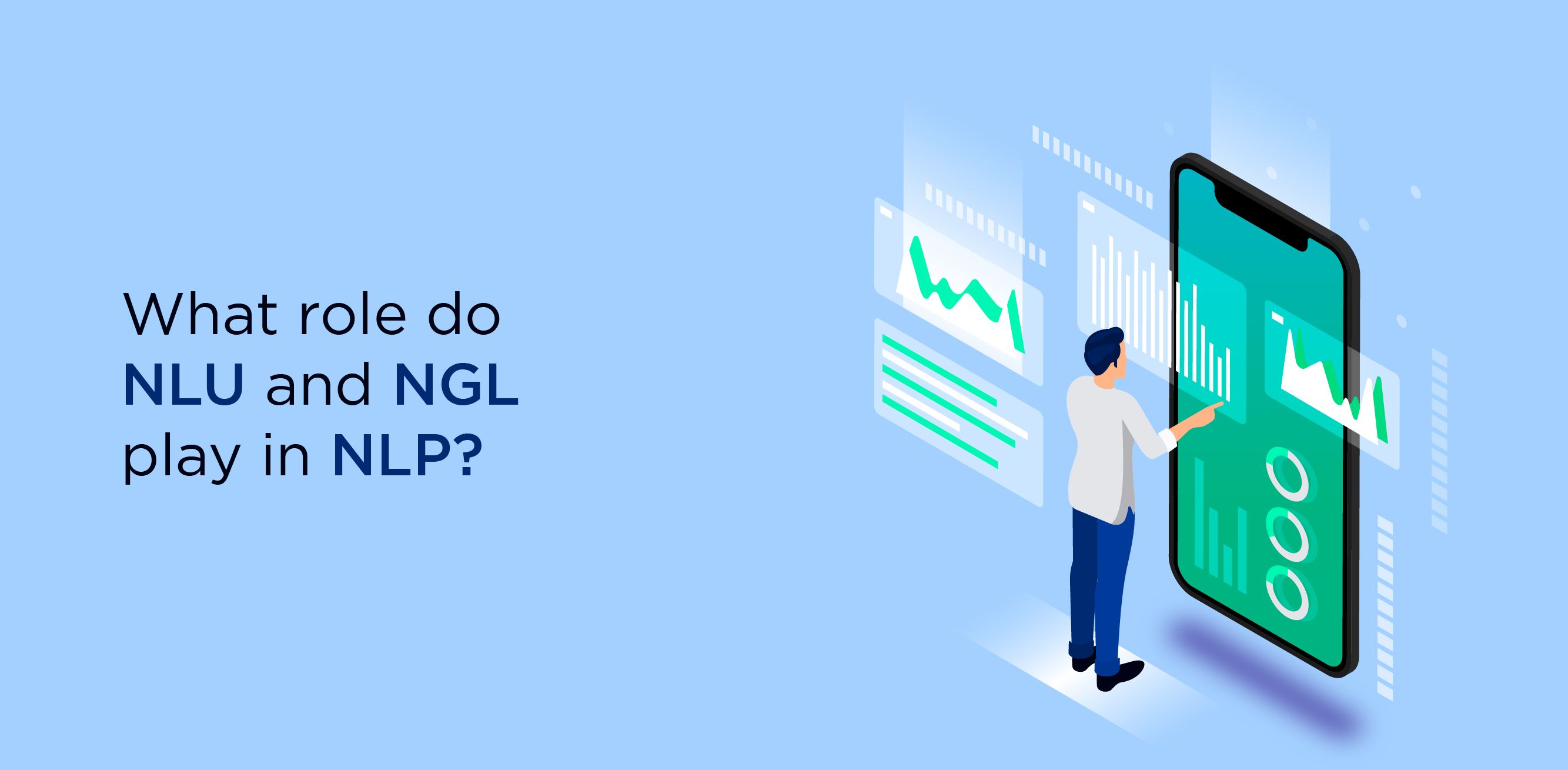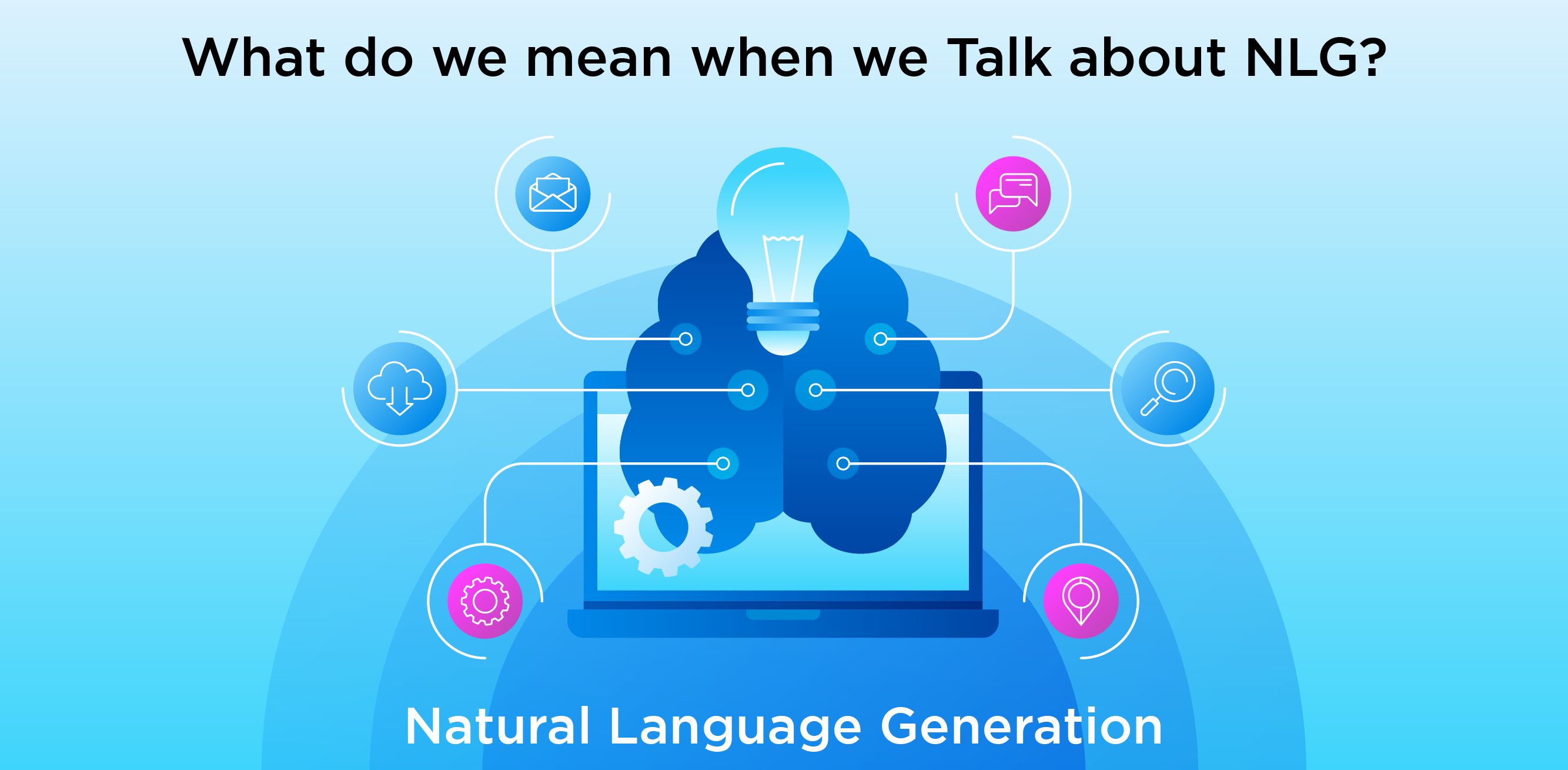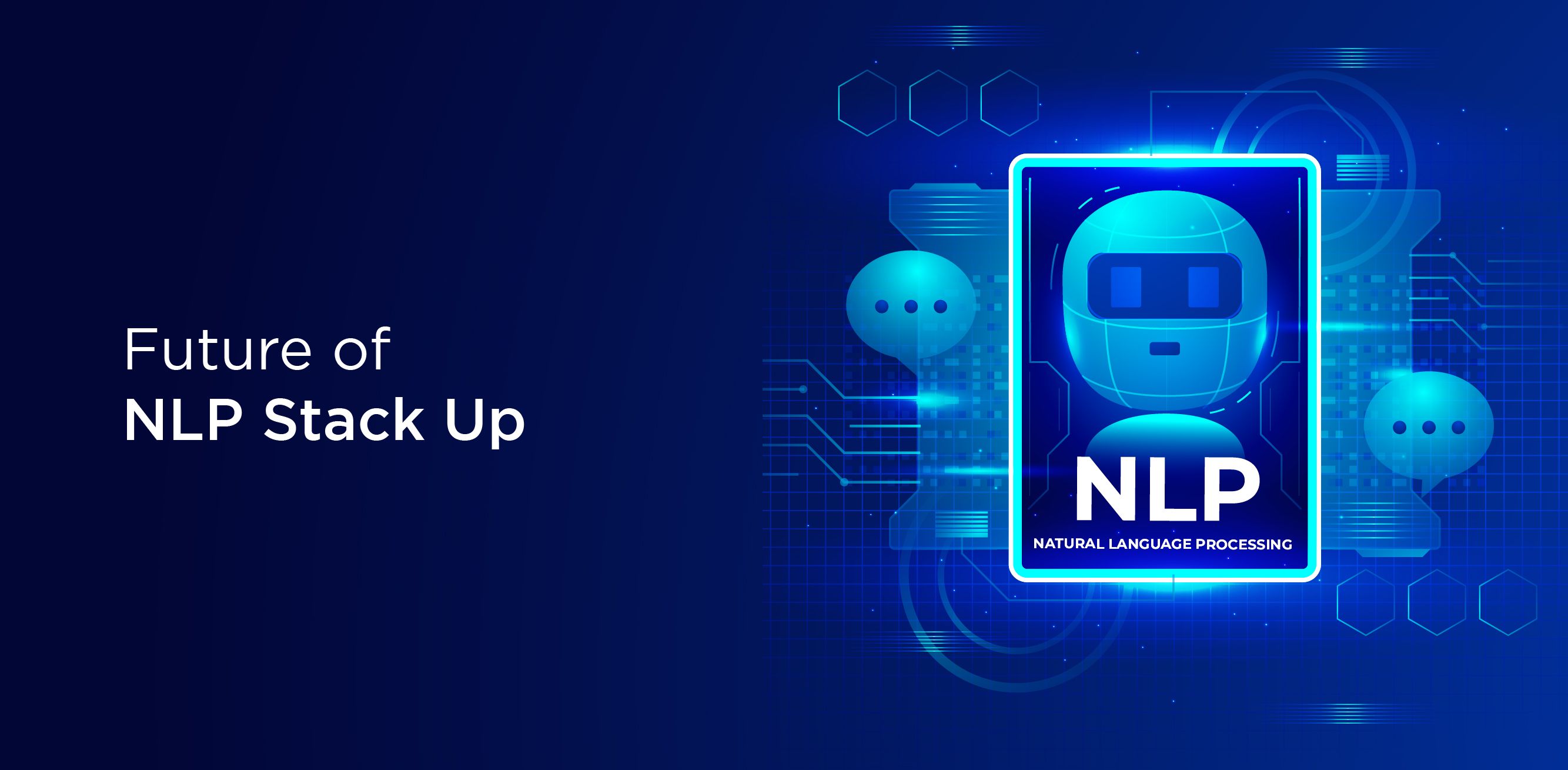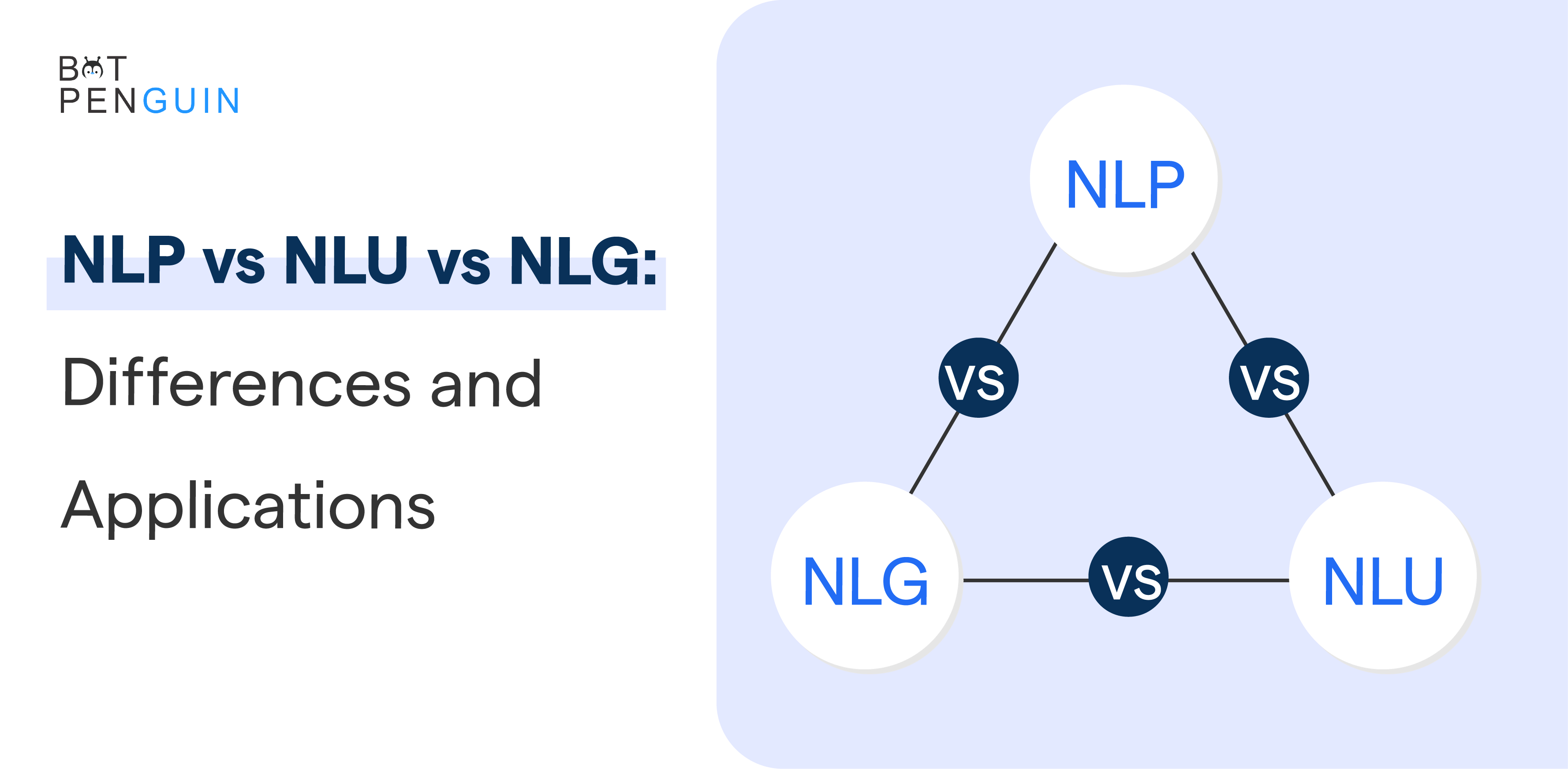Do you ever use a digital assistant (like Siri or Alexa) to get information? If you answered "yes," you, sir, surely possess some knowledge in natural language processing or tiny know-how of what we fondly abbreviate as NLP.
Artificial intelligence (AI) assistants like Siri and Alexa use natural language processing (NLP) to decipher the queries we ask them. It combines areas of study like AI and computing to facilitate human-computer interaction the way we would normally interact with another human.
Alan Turing's seminal article, which laid the groundwork for modern natural language processing (NLP) technology, introduced the concept of having a conversational exchange with a computer that could be mistaken for a human.
The process by which NLP uses unstructured data sets to arrange said data into forms is underpinned by several different components.
Natural language understanding (NLU) and natural language generating (NLG) are the specific names for these parts (NLG). The purpose of this article is to provide a brief overview of NLP, NLU, and NLG and to discuss the promising future of NLP.
What role do NLU and NGL play in NLP?

NLP allows data scientists and AI professionals to convert unstructured data sets into formats that computers can convert to speech and text and generate contextually appropriate responses to questions you ask (think back to virtual assistants like Siri and Alexa). But where do NLU and NLG fit into NLP specifically?
While each of these fields serves a unique purpose, they nonetheless have a common ground in their use of natural language. Then, what's the dissimilarity between the three?
To put it another way, natural language processing (NLP) seeks the most crucial aspects of data to organize it into numbers and text; it can even assist with malicious encrypted traffic, but natural language understanding (NLU) aims to understand the language we as humans use. Meanwhile, NLG uses collections of unstructured data to generate narratives that humans can comprehend.
Characterizing NLU
Artificial intelligence is necessary for natural language processing because it must decipher the spoken or written word. It can help us gain context so that we might have something that has significance to us based on words. Once speech recognition is used by data scientists to convert spoken words into written words, natural language understanding (NLU) then extracts the comprehensible meaning from text, despite the text containing faults and mispronunciation.
Data scientists rely on natural language understanding (NLU) technologies like speech recognition and chatbots to extract information from raw data. Indeed, we are used to initiating a chat with a speech-enabled bot; machines, on the other hand, lack this accustomed ease. NLU can also recognize emotions and swear words in speech, much like humans. This demonstrates how data scientists may use NLU to classify text and conduct insightful analysis across various content forms.
Natural language generation (NLG) is the antithesis of natural language understanding (NLU), which aims to make sense of unstructured material. Now that we know what NLG is let's look at how data scientists use it.
What do we mean when we Talk about NLG?

When data scientists feed information into an NLG system, it uses that information to generate narratives that can be discussed in natural language. NLG translates data sets into a language that humans like us can comprehend.
NLG is trained to think like a human so that its results are as factual and well-informed as feasible. This method has its roots in the works of Alan Turing, who emphasized that it is crucial for convincing humans that a machine is having a genuine conversation with them on any given topic.
With the help of NLG, businesses may develop conversational narratives that anybody in the company can use. NLG is typically used in business intelligence dashboards, automated content production, and quick data analysis, which can greatly benefit professionals in fields like marketing, HR, sales, and IT.
How does the Future of NLP Stack Up?

Most companies have had trouble fully adopting NLP despite its many useful commercial applications. This is mostly because of the following difficulties: It's hard for companies to determine which data sets are most crucial because of the constant barrage of data they're subjected to.
In addition, organizations frequently need specialized methodologies and tools to extract relevant information from data before they can benefit from NLP. Last, NLP necessitates sophisticated computers if businesses use it to handle and preserve data sets from many data sources.
Though obstacles prohibit most businesses from adopting NLP, these same businesses will likely adopt NLP, NLU, and NLG to give their machines more human-like conversational abilities. As a result, much money is being put into specific areas of NLP research, such as semantics and syntax.
Conclusion
All the topics discussed in this article are summarised as follows. Natural language understanding (NLU) is the process of deciphering written and spoken language, while natural language generation (NLG) produces new languages using automated means. While NLU parses text for information, NLG uses the data gleaned from NLU to generate authentic speech.
Big players in the IT industry, like Apple and Google, will likely keep pouring money into natural language processing (NLP) to build indistinguishable AIs from humans. It is only a matter of time before these tech titans revolutionize how humans engage with technology. The global market for NLP is expected to exceed $22 billion by 2025, which is just the beginning of a new AI revolution.

